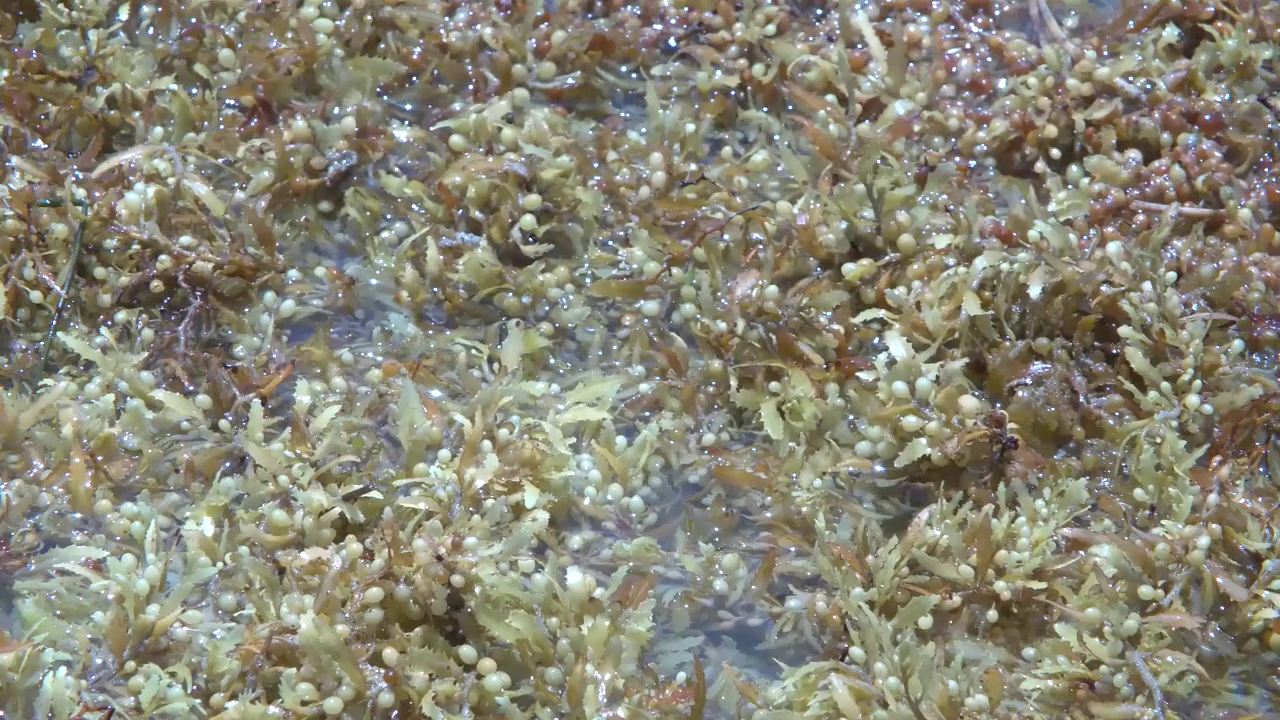If you’ve been anywhere near the coast lately, you’ve probably seen it and smelled it. The sargassum crisis in Belize is back with a vengeance, and some residents say this year’s wave of rotting seaweed is the worst they’ve ever experienced. It’s not just an eyesore, it’s affecting tourism, daily life, and the environment. That’s why earlier this year, Area Representative Andre Perez and the Hol Chan Marine Reserve launched a three point five million dollar harvesting project to tackle the problem head-on. But while the effort was initially praised, critics are now questioning whether it’s a long-term fix, or just a temporary cleanup. Today, Perez gave an update on the investment and what’s next in the fight against sargassum.
Andre Perez, Area Representative, Belize Rural South
“I think the last I think the last time where it was really really bad was back in 2018. Last year it was not bad, ut this year it has come relentlessly. It has been across the entire region. I live in San Pedro and I can tell, of course, Caye Caulker sometimes it extends across the shorelines as much as far to fifty feet and it’s horrible. You know when we’re when we were tackling the Sargassum, we have to put all our hands on it. We have to come up with innovative ideas. Trial and error is important. You know, we cannot just sit and say what is cheaper? Of course we need to look at that. But what is practical? And I can tell you right now, these two harvesters are working Monday to Friday. We’re soon releasing all the data we’re gathering in terms of the cost. Yes, indeed, it’s a bit costly, but it is very effective. It has been working primarily off the coast of where the southern part of Ambergis Caye is right now. Some resorts, they have partnered with us because it’s like, how say it’s not cheap. Right. But to criticize it. No, and that’s not, that’s unfair. I don’t know who said, I’ve never heard anybody criticizing it. No. However, it’s working. What we need to do is that it’s proving itself now is to increase it. We need more than two, especially this year. What is it? Put it put to test as ever before.So it is working and it is clear that we need more.”
